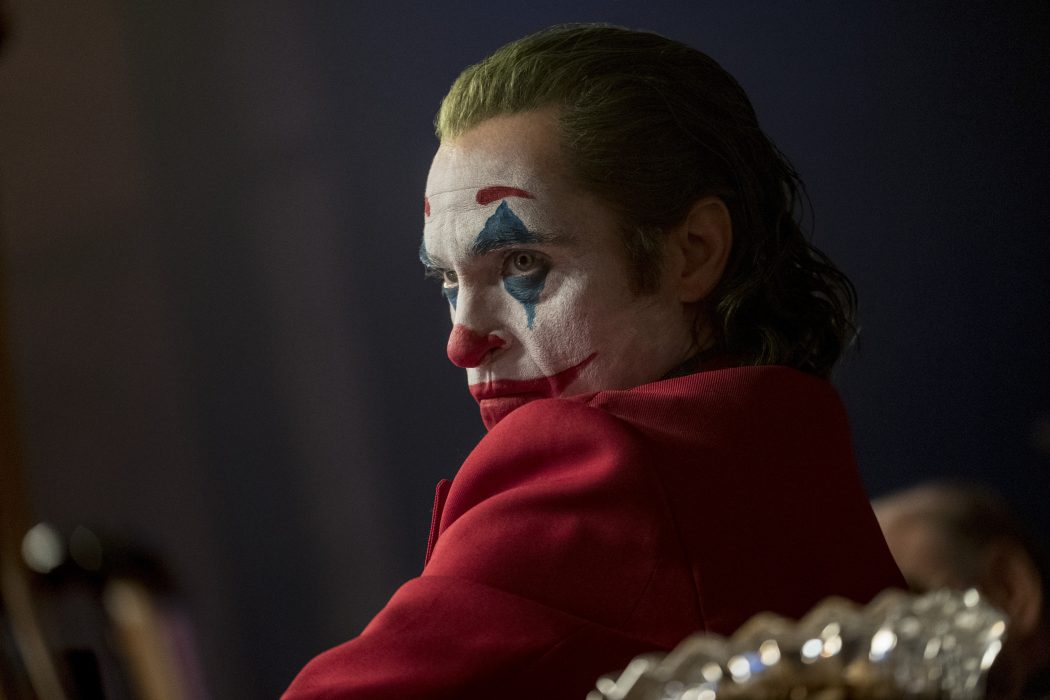What The New “Joker” Movie Teaches Us About Crime Prevention
“Can you imagine an animal reacting to the gift of fear the way some people do, with annoyance and disdain instead of attention? No animal in the wild, suddenly overcome with fear, would spend any of its mental energy thinking “It’s probably nothing.”- Gavin De Becker, The Gift of Fear
The new Joker movie, directed by Todd Phillips, turns the traditional superhero movie on its head, featuring the iconic Batman super villain, Joker, as its protagonist. This allows the film to dive into the psychological depths and horrors of violence. While exploring the motivations behind violent crime, the Joker movie is a perfect illustration that while the reasons for violent behavior are often complex, it does not mean that violence cannot be predicted.
Gavin De Becker, security specialist, argues in his book “The Gift of Fear” that the human brain is wired to have an intuitive sense for predicting violent behavior. Nearly all violent behavior can be predicted, and if it can be predicted, it can be prevented. In a conference about preventing school shootings, De Becker shared a story from his adolescence. He and some other boys from his school used to bully one of their classmates. The kid wouldn’t fight or talk back; he would just take it. This went on for six months until the boy started acting differently. He still wouldn’t fight back, but he would grin when the kids messed with him. That was the day De Becker intuitively knew he needed to stop; something had changed.
The other boys were not so smart.
One day during gym class, the lead bully was doing sit-ups in the corner and De Becker was searching for the bench press bar. While continuing his search, De Becker noticed something in his peripheral vision. The boy who they had picked on was standing above the bully with the bar in his hands, smashing the bully’s face with the bar and disfiguring him for life.
The earlier smile was a venture from precedent and was an indicator of the violence to come. Violence that could have been predicted.
The Joker presents a similar narrative. Arthur Fleck is a down-trodden, erratic individual who displays signs of mental illness and destructive nihilistic ideology throughout the film. Numerous instances are depicted where individuals are exposed to clear red-flags and indicators of violence about him and choose to do nothing. Once he’s caught bringing a gun to work, and his coworkers choose to remain actionless. Multiple scenes show him stalking and harassing people on the bus. Over and over again, the joker openly displays pre-incident indicators, but no one does anything.
The idea that people snap with no cause or warning signs is nearly always a myth.
The movie also delivers the poignant message that some crimes are often symptoms of societal issues. The Joker is a disenfranchised individual, a reject economically and socially. We should seek to tear evil out by the root and to cure the problems that inspire large amounts of criminal behavior. Illicit actions are ultimately just choices by individuals, and they need to be held accountable for that, but that does not mean that we should not seek to alleviate the circumstances which cultivate criminal action through social, urban and political reform.
“Joker” is a humbling reminder that oftentimes, while the choice to commit violent acts ultimately is determined by the perpetrator, we too as citizens are complicit in that violence when we fail to perform our societal duty and respond to pre-incident indicators through the proper channels. When a wolf bares his teeth, a rabbit doesn’t assume that wolf is probably in a bad mood; the rabbit runs. We need to stop ignoring the vital mechanisms of fear and threat detection which nature has given us, and, by doing so, we can prevent violent crimes in the future.
Lead image courtesy of Niko Tavernise/Warner Bros. Pictures via AP.

